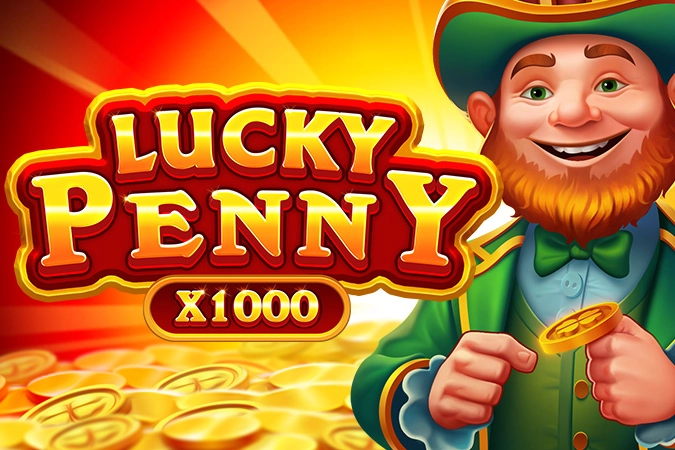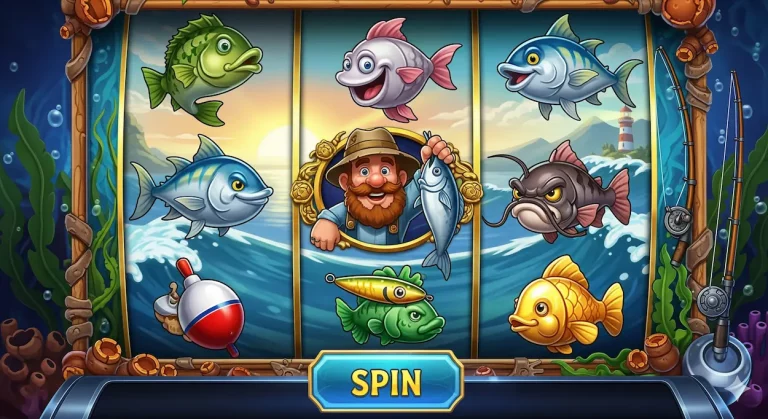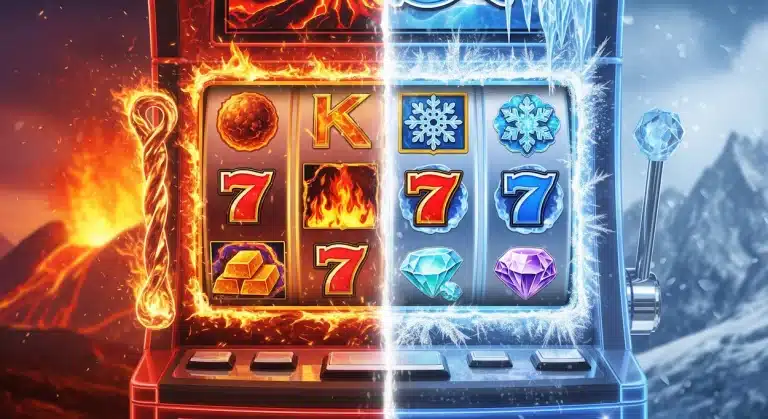In the world of blackjack, where every decision can mean the difference between winning and losing, the concept of surrendering often stands as a puzzling and underutilized strategic move. For many players, the idea of giving up half of their bet feels like an admission of defeat. But for the advanced player, surrendering is not a sign of weakness; it is a calculated, profitable decision that minimizes losses in the face of overwhelming odds. Understanding when and why to surrender is a cornerstone of advanced blackjack strategy and a key to improving your long-term win rate.
First, it’s important to distinguish between the two types of surrender: early surrender and late surrender. Early surrender, a rule that is rarely found in modern casinos, allows a player to surrender their hand and lose half their bet before the dealer checks for blackjack. Late surrender, which is much more common, allows a player to surrender after the dealer has checked for blackjack and confirmed they do not have one. The following strategy applies to late surrender, as it is the most relevant in today’s casino environment.
The Core Principle of Surrender
The core principle behind surrendering is to save money when the probability of winning is so low that it is better to give up half your bet than to risk losing the full amount. A perfect surrender strategy, based on mathematical probabilities, dictates that you should only surrender in specific situations. These are hands that have a high probability of busting or losing against a strong dealer’s upcard, where your chances of winning are less than 25%.
So, what are the specific hands and dealer upcards that warrant a surrender?
The Key Surrender Scenarios
1. Surrender a Hard 16 against a Dealer’s 9, 10, or Ace:
This is the most common and crucial surrender situation. A “hard 16” is any hand that totals 16 without an Ace (e.g., 10-6, 9-7, 8-8, 7-9).
- Dealer’s 10: When the dealer shows a 10, their chances of making a 20 or 21 are high. Hitting on your hard 16 is a high-risk move, and standing is also likely to result in a loss. By surrendering, you cut your losses.
- Dealer’s 9: The same logic applies here. The dealer’s chances of making a winning hand are too high to justify hitting or standing.
- Dealer’s Ace: This is a no-brainer. The dealer is already offering insurance, which we know is a bad bet, but it highlights their strength. Your hard 16 is a significant underdog.
A crucial exception: You should not surrender a pair of 8s against a dealer’s 10 or Ace. In this case, you should split the 8s. While a hard 16 is a terrible hand, splitting 8s gives you two hands with a much better chance of winning or at least pushing.
2. Surrender a Hard 15 against a Dealer’s 10:
This is another key surrender point. A hard 15 is a hand that totals 15 without an Ace (e.g., 10-5, 9-6). When the dealer shows a 10, the odds are heavily stacked against you. You are more likely to lose the hand than to win, so surrendering is the mathematically correct play.
The Bottom Line
It’s important to note that these surrender plays are not based on gut feelings or hunches. They are derived from computer simulations of millions of blackjack hands, which prove that these actions minimize the house edge over the long run. By consistently making the correct surrender play, you are not simply giving up; you are employing a strategic tool that reduces your overall losses.
Remember, surrendering is a defensive move. It’s about damage control. A common mistake among novice players is to confuse surrender with a “cop out” or a failure to play the game. In reality, it is a sophisticated tactical decision that sets skilled players apart from the rest. While you won’t use it on every hand, knowing when to deploy it is a powerful weapon in your arsenal.
In conclusion, a perfect blackjack strategy is not just about knowing when to hit, stand, double down, or split. It also involves knowing when to surrender. By memorizing the few key surrender situations—hard 16 against a 9, 10, or Ace, and hard 15 against a 10—you can make a significant impact on your long-term success at the blackjack table. It may feel counterintuitive at first, but embracing the surrender option is a clear sign that you are moving from a casual player to a true blackjack strategist.







